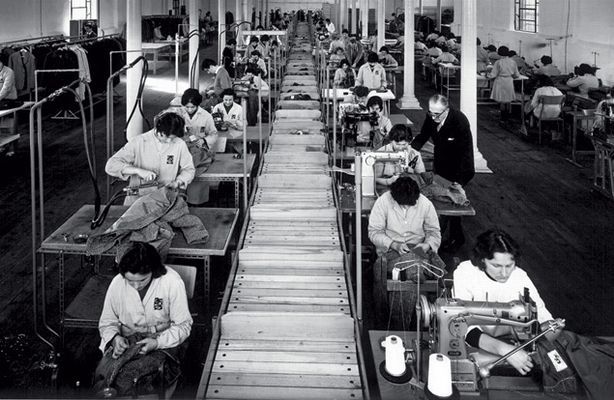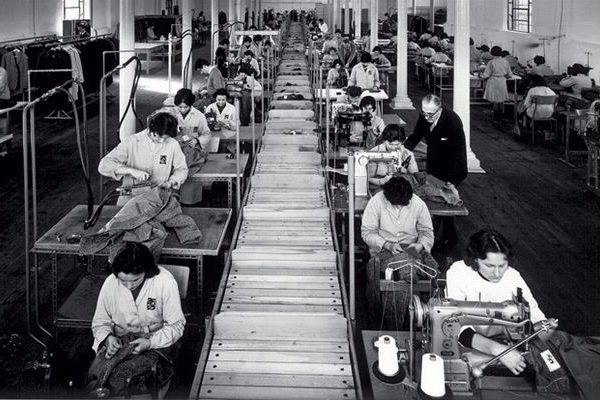
A few months ago, I was talking to Jeffery Diduch, the Vice President of Technical Design at Hickey Freeman. One of the topics we touched on was whether it means anything for consumers to know where something was made.
You see these kinds of inferences all the time. StyleForum, for example, has an entire thread dedicated to identifying makers using labels in suits and nail patterns on shoes. Remember that most of the brands we buy don’t actually manufacturer anything – they design an item, then send it out to a factory for production. The idea is that, if you can ID the factory, you’ll be able to tell whether the item is of high quality.
I’ve even seen people trace things back to parent companies. Something like: “that item was produced at a factory owned by Isaia, so it must be good.”
Sometimes it helps to know the manufacturer behind something. Alden, Allen Edmonds, and Crockett & Jones shoes, for example, are often rebadged for other companies. And if you know something was made at their factories, you can count on them being pretty good (at least on par with the company’s house lines).
But what about items such as suits and sport coats?
Jeffery says not really. “Depending on the maker, it might tell you something, but nearly every factory will have different levels of make. This allows them to offer different price points. So an entry-level price point will come with entry-level fabrics, trims, and construction, while something more expensive will mean something better.”
The spread can be surprisingly big. You may find, for example, a Men’s Warehouse product being produced at the same place as Polo Ralph Lauren. The difference between the two will be in the materials and level of workmanship. “It can take anywhere from ninety minutes to six hours to produce a suit,” says Jeffery. “Factories typically have a bit of flexibility in that range, so they’re not just producing one kind of item.”
So how do you determine quality?
“I always go back to fit,” says Jeffery. “If an item fits well and feels great, don’t get hung up on where it’s made.”
Thankfully, judging whether something makes us look and feel good should be a much simpler and more straightforward question.
(above: archival image Corneliani’s workshop, via Global Blue)








